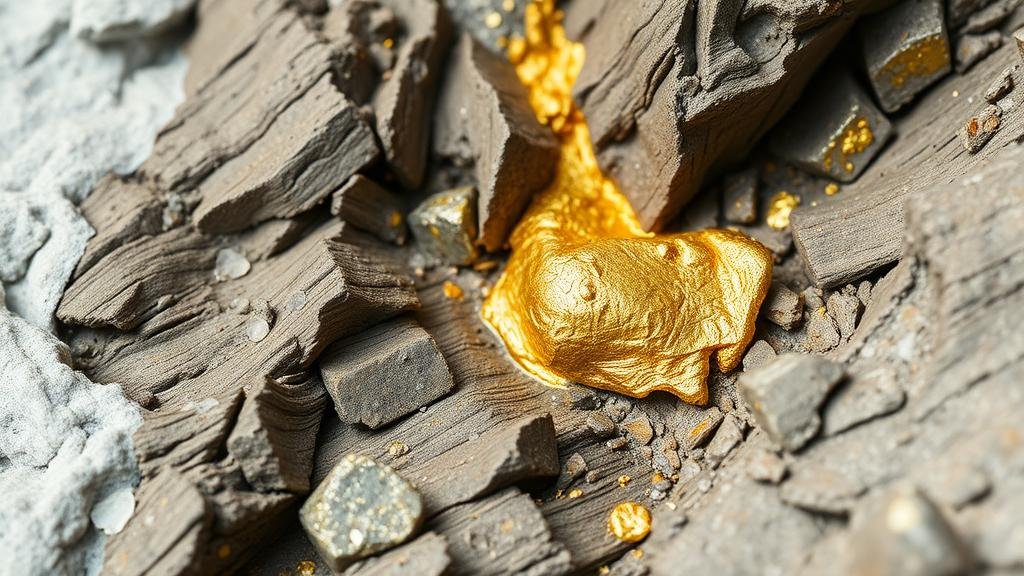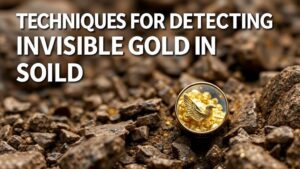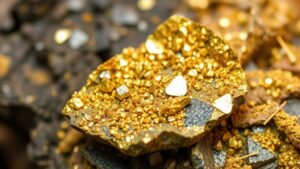Recognizing Gold Deposits in Sediments from Ancient Glaciers
Recognizing Gold Deposits in Sediments from Ancient Glaciers
The exploration of gold deposits in ice age sediments is a fascinating intersection of geology, mining, and environmental science. Understanding how ancient glaciers contributed to the formation and transport of gold can uncover significant resources still accessible today. This article examines the processes involved in the recognition and examination of glacial gold deposits, the geological features to identify, and the implications for mining operations.
The Formation of Gold Deposits
Gold deposits are typically formed through geological processes that concentrate gold particles in specific locations. In the case of glacial activity, the movement of glaciers, which is driven by the weight and flow of ice, plays a critical role in sediment transport and deposition.
Gold can be found in two primary forms: primary deposits, located at the source rock, and secondary deposits, which are created through erosional processes. Glacial activity is particularly effective in creating secondary deposits as it gouges and transports materials from the original sources and releases them over large distances, often leading to the accumulation of gold in river valleys and other sediment traps.
Geological Features to Recognize
Identifying gold deposits in glacial sediments involves recognizing certain geological features and environmental indicators. Geologists typically look for:
- Glacial Till: Unsorted material left behind by glaciers can contain a heterogeneous mix of soil, rock, and minerals, including gold.
- Outwash Plains: Areas where meltwater from glaciers has deposited sorted sediments, often rich in heavier minerals including gold.
- Moraine Deposits: Accumulations of debris deposited by glaciers that may house significant mineral concentrations.
- Stream Channels: Erosional features formed by glacial meltwater that can reveal concentrated deposits through sediment analysis.
Indicators of Gold Presence
Several geochemical and physical indicators can signal the probable presence of gold in glacial sediments:
- Magnetometry: Applying magnetic surveys can highlight anomalies associated with mineral concentrations.
- Soil Sampling: Analyzing specific sediment samples for gold content can provide direct evidence of deposits.
- Heavy Mineral Concentrates: The presence of heavy minerals, often associated with gold, in sediments indicates potential deposits.
Real-World Applications: Case Studies
Several notable examples illustrate successful identification and extraction of gold from glacial sediments:
- Taylor Glacier, Antarctica: Geologists have identified gold and other precious metals in sedimentary deposits around ancient glacial outwash zones.
- Pleistocene Glacial Deposits in North America: Regions such as the Upper Peninsula of Michigan have revealed rich placer deposits due to glacial transport.
- Gold Rush in New Zealand: Gold found in glacially altered riverbanks has historically been mined extensively, showcasing both historical importance and modern mining potential.
Environmental Considerations
While exploring gold deposits in ancient glacial sediments can lead to significant economic benefits, it is essential to consider the environmental impact of mining operations. Key considerations include:
- Habitat Preservation: Assessing and minimizing damage to ecosystems in areas where mining occurs.
- Water Quality Management: Ensuring that mining activities do not adversely affect local waterways and water tables.
- Sustainable Practices: Employing eco-friendly methods in mineral extraction to reduce environmental degradation.
Actionable Takeaways
Understanding how to recognize and exploit gold deposits in ancient glacial sediments is integral to modern mining practices. The following steps can facilitate successful exploration:
- Conduct thorough geological surveys to identify glacial features and sediment types.
- Use geochemical analysis to confirm the presence of gold and other heavy minerals in sediment samples.
- Use sustainable mining practices to minimize environmental impacts and encourage community support.
By utilizing these methods, geologists and mining companies can maximize resource recovery while preserving environmental integrity, illustrating the balance required in contemporary natural resource management.



